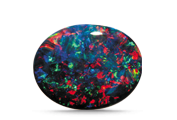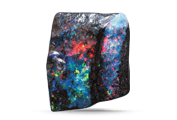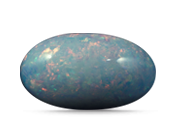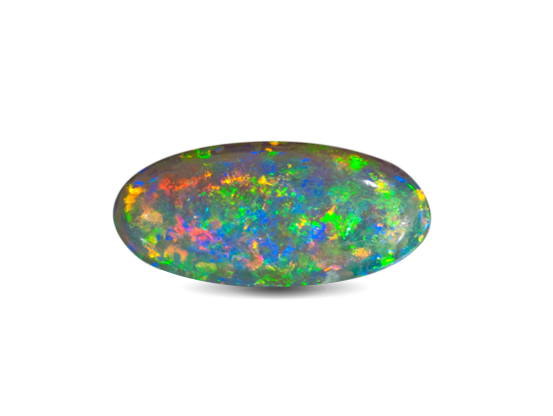opals Fireworks. Jellyfish. Galaxies. Lightning. Opal’s shifting play of kaleidoscopic colors is unlike any other gem.
ABOUT OPAL
Because opal has the colors of other gems, the Romans thought it was the most precious and powerful of all. The Bedouins believed that opals contained lightning and fell from the sky during thunderstorms. When Australia’s mines began to produce opals commercially in the 1890s, it quickly became the world’s primary source for this October birthstone.
BIRTHSTONES & ANNIVERSARIES
Opal is an October birthstone.
0.2 MICRONS
Grids of silica spheres 0.2 microns in size create red play-of-color flashes.
20% WATER
Opal contains up to 20% water trapped in its silica structure.
1829
The novel “Anne of Geierstein” gave opal a reputation of being unlucky.
FACTS
- Mineral: Hydrated Silica
- Chemistry: SiO2•nH2O
- Color: All colors
- Refractive index: 1.37-1.47
- Birefringence: None
- Specific gravity: 2.15 (+0.08, -0.90)
- Mohs Hardness: 5 to 6.5
QUALITY FACTORS
Play-of-color, intensity, and pattern are important value factors.
COLOR

Opal’s spectacular play-of-color can display all the colors of the rainbow.
CLARITY

Experts expect different levels of clarity for different types of opals.
CUT

Fine opals are often cut into irregular shapes that keep as much play-of-color as possible.
CARAT WEIGHT

Opal has relatively low density so even larger sizes can be comfortable to wear.

